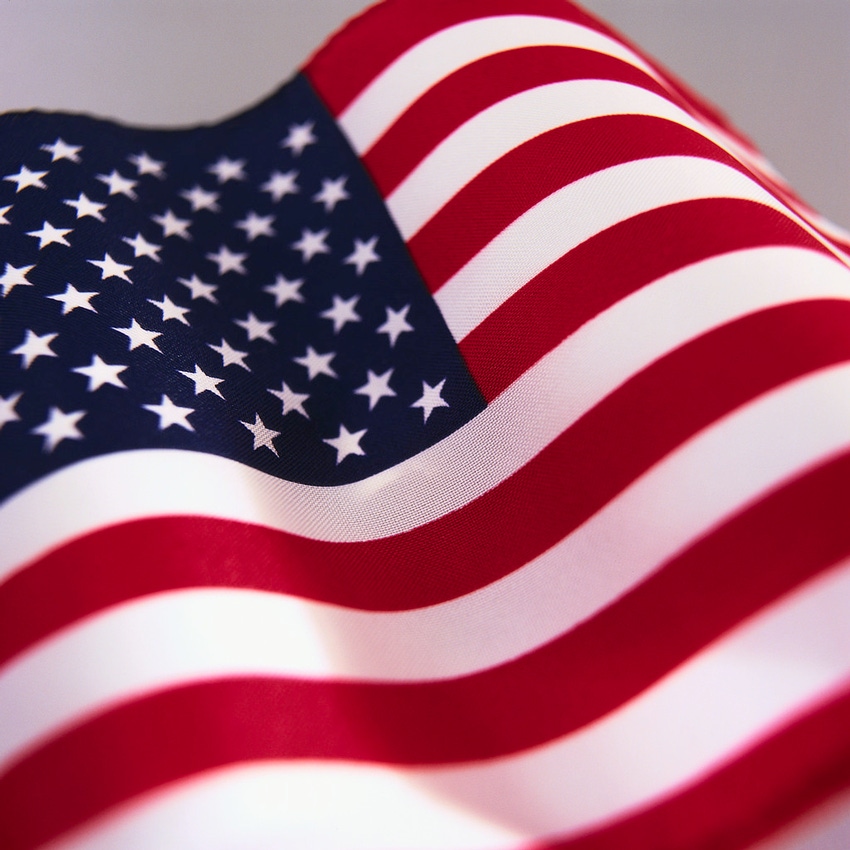Dangerous game of chasing wrong thing?
Chasing wrong thing often leads to losing a good thing.
October 6, 2018

Just as I was finishing last month’s column, a friend forwarded a press release regarding country-of-origin labeling (COOL). I was busy at the time with some meetings and didn’t give it much thought. However, I circled back after seeing a response to my column that caught my attention:
“The author of the article make [sic] references to identifying his computer in the airport with a beef sticker. Well we once again need to identify our beef with the U.S. label. We need to bring back COOL or a form of it.”
I had no intent of invoking COOL in my last column. But clearly, the person had read the most recent R-CALF press release -- the same one forwarded to me. COOL was top of mind and apparently that was the go-to response.
Whatever the motivation, it’s an important topic and worthy of further discussion. While not immediately apparent, this does ultimately relate to last month’s column.
Included in the press release, Mike Schultz (chair of R-CALF’s COOL committee) declares that,
“Three simple words, ‘Product of USA’ is the new metaphorical cash cow. When the COOL law was fully implemented from 2013 to 2015, American farmers and ranchers received $325 per calf more compared to the next two years when meat packers were no longer required by law to label beef with its country-of-origin.”
It’s that statement that prompted my friend to pass along the press release.
Seemingly, there’s some confusion in the regarding the difference between correlation and causation. The press release is correct, cattle prices reached record levels between 2013 and 2015. That didn’t happen, though, because of COOL (causation), it occurred in spite of COOL (correlation).
R-CALF doesn’t tell us the U.S. beef cow inventory also bottomed during that time, averaging just 29.34 M head during those three years – the lowest count since 1962. Correspondingly, domestic production paralleled that decline. Annual beef production in 2015 fell below 24 billion lb. -- you’d have to go back to 1993 to find the last time that occurred. Short supplies, coupled with steadily improving demand, were the primary drivers (i.e. causation) of higher prices -- not country-of-origin labeling.
Don’t take my word for it. Comprehensive analyses of consumer demand by Kansas State University in late-2012 reported the following:
1. Consumer demand for covered meat products was not impacted by COOL, and
2. Typical U.S. residents were unaware of COOL and did NOT look for meat origin information.
The report further noted that, “Given the costs of compliance introduced by MCOOL and no evidence of increased demand for covered products our results suggest an aggregate economic loss for the U.S. meat and livestock supply chain spanning from producers to consumers … Since existing studies indicated implementation costs have been lower for the chicken industry this finding also suggests stakeholders in the beef and pork industries are comparatively worse off.”
The timing’s important here. Clearly, marketplace sentiment didn’t suddenly surge higher in 2013. However, according to R-CALF’s press release, we’re supposed to believe COOL was responsible for leading the market to higher levels in 2013, 2014 and 2015.
From a bigger picture, we’re left with the following scenario regarding R-CALF’s respective policy positions.
On one hand, there’s the Beef Checkoff. As discussed last month, by all accounts, the program has been tremendously successful. Again, don’t take my word for it. The University of Auburn has documented that every dollar of investment underwritten by the Cattlemen’s Beef Board, the beef industry has enjoyed an $11 benefit.
On the other hand, there’s COOL. It’s a failed government program. Consumer preference never changed. Moreover, it’s actually self-defeating for R-CALF members: compared to pork and poultry, beef is the most disadvantaged by COOL from a relative cost perspective.
Amidst all this discussion, a reminder from last month’s column is useful. Bloomberg published the following headline just ahead of Labor Day: “Americans Are Grilling More Steaks for Labor Day with the Economy Humming. Consumers snub chicken, pork for more premium cuts.”
That victory isn’t an accident. It’s the culmination of things that really matter in the marketplace - things like improved quality, better consistency and effective promotion. And best of all, they’ve culminated by establishing incredible staying power with both U.S. and global consumers during the past ten years.
Tying all this together with last month’s column, it seems R-CALF wants to eliminate a producer-driven program that’s proved beneficial over the years; and all the while also working to re-implement a government program that hastens nothing but added cost. That’s hard to reconcile.
Then again sometimes people believe things, simply because they want to believe them regardless of whether it makes sense. Given the beef industry’s success over time, it’s clear that’s a dangerous game –- chasing the wrong thing often leads to losing a good thing.
About the Author(s)
You May Also Like



